-
Posts
3,101 -
Joined
-
Last visited
-
Days Won
6
Content Type
Profiles
Forums
Blogs
Gallery
Events
Store
Everything posted by The Prussian
-
Hi Graham! Thanks a lot! The second one is brilliant! The photo is taken from the regimental history. The officer is Lt.d.Res. Wilhelm Unbehaun. Company leader 9./95 Photos of that cross are pretty rare. I will receive one this week. I´ve never seen photos from "front soldiers". Only from Carl-Eduard.
-
Hello! We see here Generalstabsarzt of the Army Prof. Dr. v. Schjerning with the rank of Lieutenant General. Chief of the Medical Corps, Director of the Kaiser Wilhelm Academy for Military Medical Education and Chairman of the Scientific Senate at this Academy, full member of the Scientific Deputation for Medicine, full honorary professor at the University of Berlin. During the war Chief of the Field Medical Service in the G.H.Q., at the end of the war Surgeon General with the rank of General of the Infantry (ret.), died 28.6.21. Very nice postmark as well. The other persons are: Colonel Friedrich zu Solms-Baruth was an officer à la suite of the army in the uniform of the 1st Guards Drag.Rgt. He was Imperial Commissioner and military inspector of voluntary nursing for the army in the field. Lieutenant General (ret.), d. 31.12.20 Oberstabsarzt Dr. Bludau was regimental physician in Kür.Rgt.Nr.7. He was re-employed after the death of his predecessor Oberstabsarzt Dr. Perthey (8.9.15) on 22.9.15., later Generaloberarzt a.D. There was another doctor Bludau, later Oberarzt a.D. in Inf.Rgt.55. Generaloberarzt Dr. Hamann also belonged to the Medical Department of the War Ministry and was with the Chief of Field Medical Services during the war. Later Generalarzt a.D. (the card is not for sale)
-
Hello! Yes, and that makes me wonder... Sturmbataillon 4 was not a bavarian unit. The Ersatz for the one (!) MG-company came from 4th Ersatz-MG-company of the guard-corps! Here I´ve got a postcard with a stamp from that Sturmbataillon. The fieldpost number is 249. That was located in Audenaarde too. So I think you were right, that we see a bavarian MGK in training with the SB4.
-
Hello ArHo! That´s hard to see. But it´s possible: https://www.ehrenzeichen-orden.de/deutsche-staaten/militar-dienstauszeichnung-1-klasse-1913.html So he probably wears: 1, 15, 27 The chevrons stand for the rank of the "Etatmäßiger Feldwebel" (Company Sergeant-Major). They were only worn on the Bluse 15. The background is the Litewka M92. The ranks were: 1 Chevron (braid) for Gefreite 1 Chevron (galloon) for Unteroffiziere 1 Chevron (braid) + 1 Chevron (galloon) for Sergeants 2 Chevrons (galloon) for Fähnriche and Vize-Feldwebel 3 Chevrons (galloon) for Etatmäßige Feldwebel I don´t know, if the translations are correct: Braid = Tresse, Galloon = Borte A Galloon was a one-coloured chevron A Braid was a chevron with a black stripe in the middle (black for Prussia) Since the introduction of the Litewka M94 the ranks were similar to the Waffenrock. Only the Etatmäßige Feldwebel kept his chevrons. This "tradition" was taken over at the Bluse 15 Etatmäßiger Feldwebel (MG-Scharfschützen-Abteilung 2) Unteroffizier with Litewka Inf.Rgt.78:
-
Hello! Here is a link of photos of that "event" from several german newspapers: https://www.google.com/search?q=Nazi+Hagen+Flut&tbm=isch&ved=2ahUKEwj50_-AvL7yAhXHuKQKHZn6CGkQ2-cCegQIABAA&oq=Nazi+Hagen+Flut&gs_lcp=CgNpbWcQA1CruQVYicEFYPzBBWgAcAB4AIABSIgBzAKSAQE1mAEAoAEBqgELZ3dzLXdpei1pbWfAAQE&sclient=img&ei=BQgfYbm9BsfxkgWZ9aPIBg&bih=869&biw=1680&client=firefox-b-d
-
Yes, it was a shock when I found out. Chip was a great person. Always helpful, correct and reliable. A great man has passed away. I regret not having been able to meet him personally. He wanted to come to Germany next year. I had written to him a few months ago; he told me that he was doing quite well under the circumstances. I am really sorry. This tragedy has torn a hole in the whole collector community. Rest in peace, old friend!


.thumb.jpg.9454272f5c2d70f6f8443b8d51a187a4.jpg)
.jpg.87769d5b1dd5bff20f0945892175569f.jpg)
.jpg.de61bdf86c8c08c90713e544c7d1b06a.jpg)
.jpg.317c850d42901da5b3076a5a6ccfbfe6.jpg)
.jpg.ca197ff3ff4d68685fc9f75216aa8d12.jpg)
.jpg.2e4cba650074506accbc487428a39a00.jpg)
.thumb.jpg.a7ea9b967ffd801ceaca64c1e4891bb4.jpg)
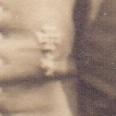
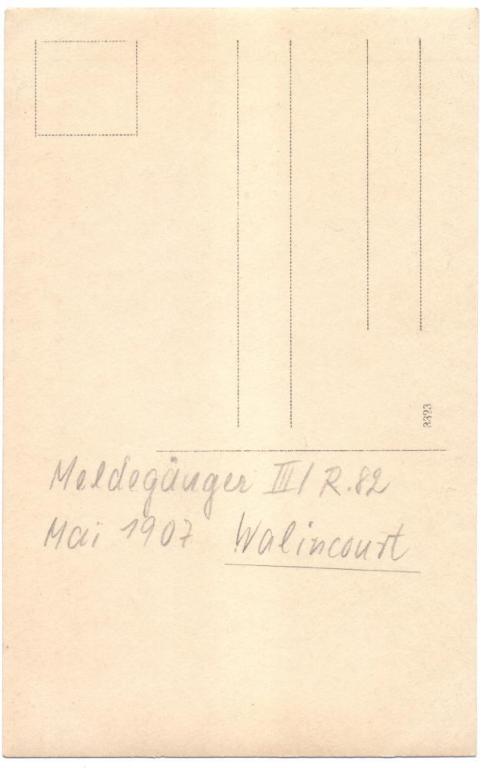
.thumb.png.8fa406bd81d554217a8865df0f2e3cf5.png)
.thumb.jpg.7a90be7ad9ba8132bafd300cfd274fc7.jpg)
.thumb.jpg.1149ace2a27708825d75cdd2fe9c6ca2.jpg)
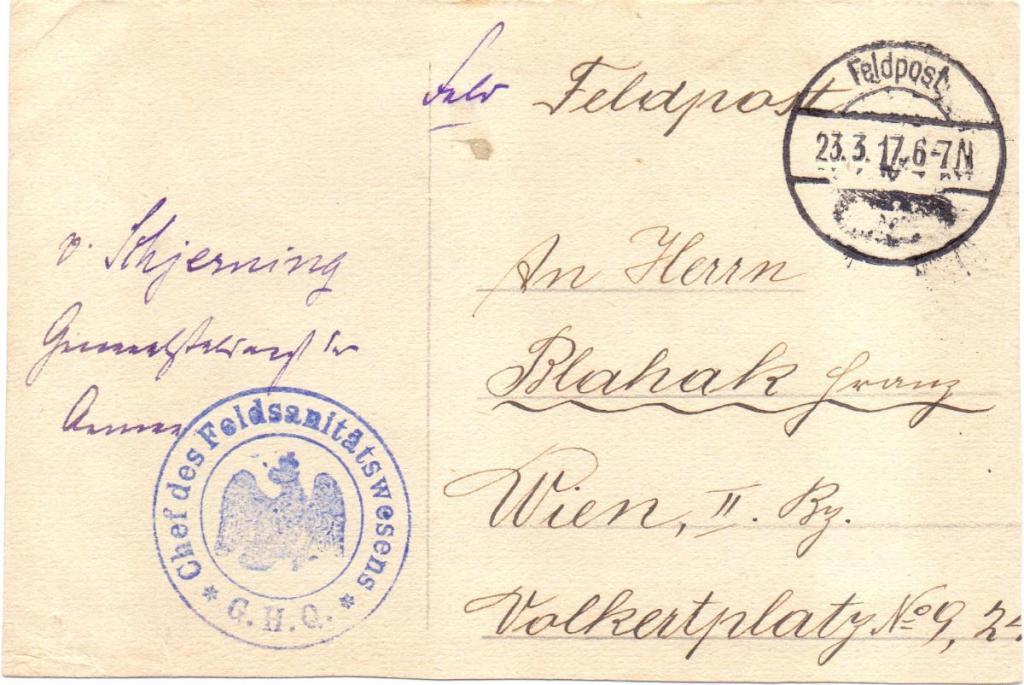
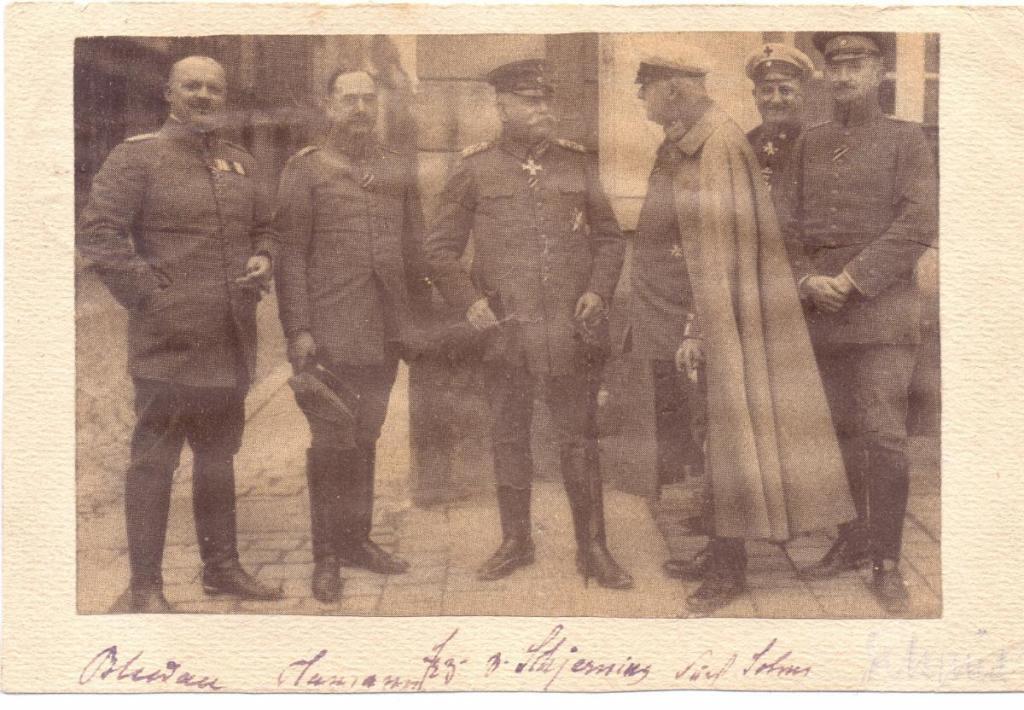
-Kopie.thumb.jpg.36a076a02d193f60c24a6451dc8ea32e.jpg)
.thumb.jpg.db61259683ccba59eacf734e561cb814.jpg)
.thumb.jpg.742a513923290e5dc8aedc4a0a1e83ef.jpg)
.thumb.jpg.b0538d8eae1d9ce22768b1b8fdc2b790.jpg)
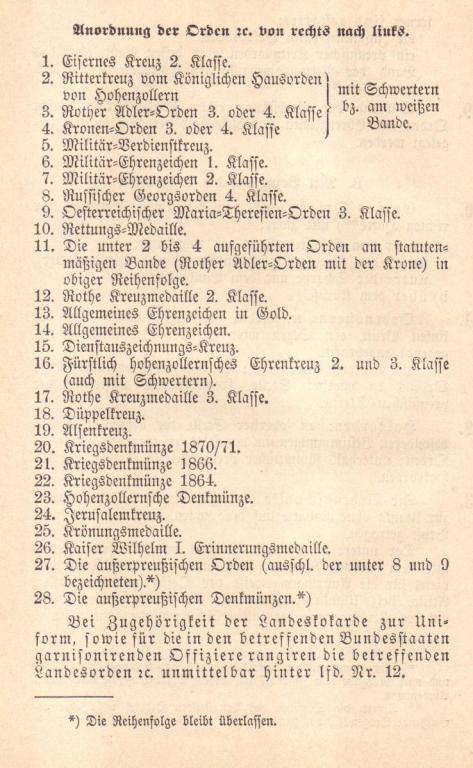
.thumb.jpg.642d257b651df99cfe2ead59f5316f95.jpg)